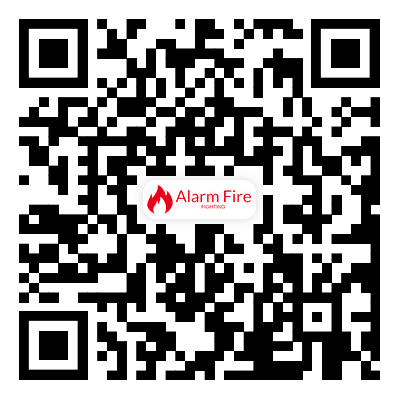What are the types of smoke detectors?
2023-12-28
Smoke detectors are essential devices designed to detect the presence of smoke or fire in residential, commercial, and industrial settings. There are primarily two main types of smoke detectors: ionization smoke detectors and photoelectric smoke detectors. In addition, there are dual-sensor or combination smoke detectors that incorporate both ionization and photoelectric technologies. Here's an overview of each type:
1. Ionization Smoke Detectors:
- These detectors use a small amount of radioactive material (americium-241) to ionize the air within the detector chamber.
- When smoke enters the chamber, it disrupts the ionization process, causing a change in the electrical current, which triggers the alarm.
- Ionization smoke detectors are more responsive to flaming fires with fast-burning, smaller particles, such as those from cooking fires or paper fires.
2. Photoelectric Smoke Detectors:
- Photoelectric smoke detectors use a light source (usually an LED) and a light-sensitive sensor (photodiode) positioned at an angle to detect smoke particles.
- When smoke enters the chamber, it scatters the light beam, causing the light to hit the sensor, which triggers the alarm.
- Photoelectric smoke detectors are more sensitive to smoldering fires with larger smoke particles, such as those from overheated wiring or furniture.
3. Dual-Sensor or Combination Smoke Detectors:
- Dual-sensor smoke detectors combine both ionization and photoelectric technologies in a single unit.
- By having both detection methods, these detectors offer broader coverage and can provide earlier detection of various types of fires, including fast-flaming and slow-smoldering fires.
- They are often considered more effective in providing comprehensive fire detection and reducing false alarms compared to single-sensor detectors.
In addition to these main types, there are also interconnected smoke detectors, which are wired together so that when one alarm is triggered, all interconnected detectors in the system sound an alarm. This interconnected feature enhances safety by ensuring that occupants are alerted throughout the entire premises in the event of a fire.
When choosing a smoke detector, it's important to consider the specific needs of the space, as well as building codes and regulations that might dictate the type or placement of smoke detectors for optimal fire safety and detection. Regular maintenance and testing of smoke detectors are crucial to ensure they function properly and provide reliable fire detection.


